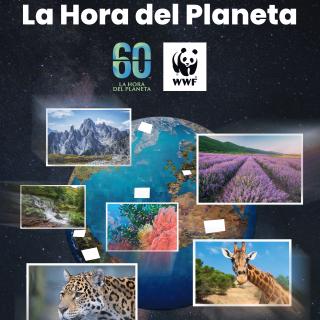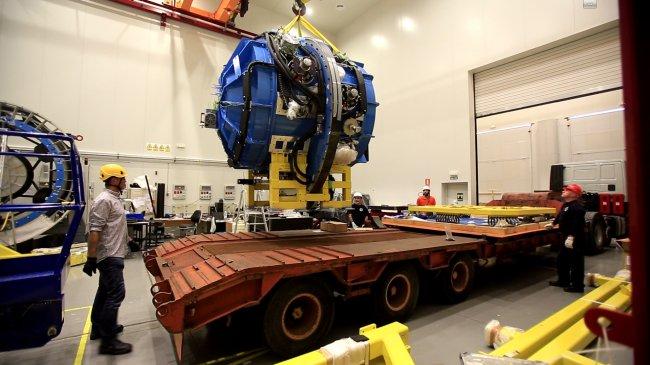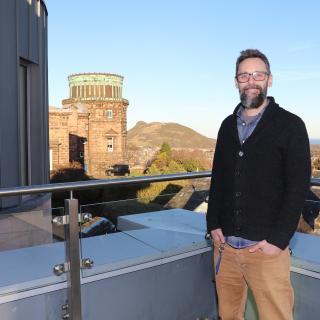It may interest you
-
Dr. Rubén Sánchez-Janssen has been announced as the new Director of the Isaac Newton Group of Telescopes (ING). Dr. Rubén Sánchez-Janssen will follow in the footsteps of Dr. Marc Balcells. Dr Sánchez-Janssen is an Astronomer and Project Scientist at STFC’s UK Astronomy Technology Centre (UKATC), where he leads the development of scientific instrumentation and facilities for ground- and space-based astronomy from the ultraviolet to the near-infrared, with a particular emphasis on future missions. He specializes in galaxy evolution, with particular focus on low-mass galaxies and star clusterAdvertised on
-
 An international team of astronomers, including researchers from the Instituto de Astrofísica de Canarias (IAC), the University of Liège and collaborators in UK, Chile, the USA, and Europe, has discovered a transiting giant planet orbiting the smallest known star to host such a companion — a finding that defies current theories of planet formation. The host star, TOI-6894 , is a red dwarf with only 20% the mass of the Sun , typical of the most common stars in our galaxy. Until now, such low-mass stars were not thought capable of forming or retaining giant planets. But as published today inAdvertised on
An international team of astronomers, including researchers from the Instituto de Astrofísica de Canarias (IAC), the University of Liège and collaborators in UK, Chile, the USA, and Europe, has discovered a transiting giant planet orbiting the smallest known star to host such a companion — a finding that defies current theories of planet formation. The host star, TOI-6894 , is a red dwarf with only 20% the mass of the Sun , typical of the most common stars in our galaxy. Until now, such low-mass stars were not thought capable of forming or retaining giant planets. But as published today inAdvertised on -
 The Instituto de Astrofísica de Canarias (IAC) is joining the Earth Hour, a global movement that, once a year, reminds us that nature is the planet’s life support and highlights the environmental emergency that requires collective action.Advertised on
The Instituto de Astrofísica de Canarias (IAC) is joining the Earth Hour, a global movement that, once a year, reminds us that nature is the planet’s life support and highlights the environmental emergency that requires collective action.Advertised on

